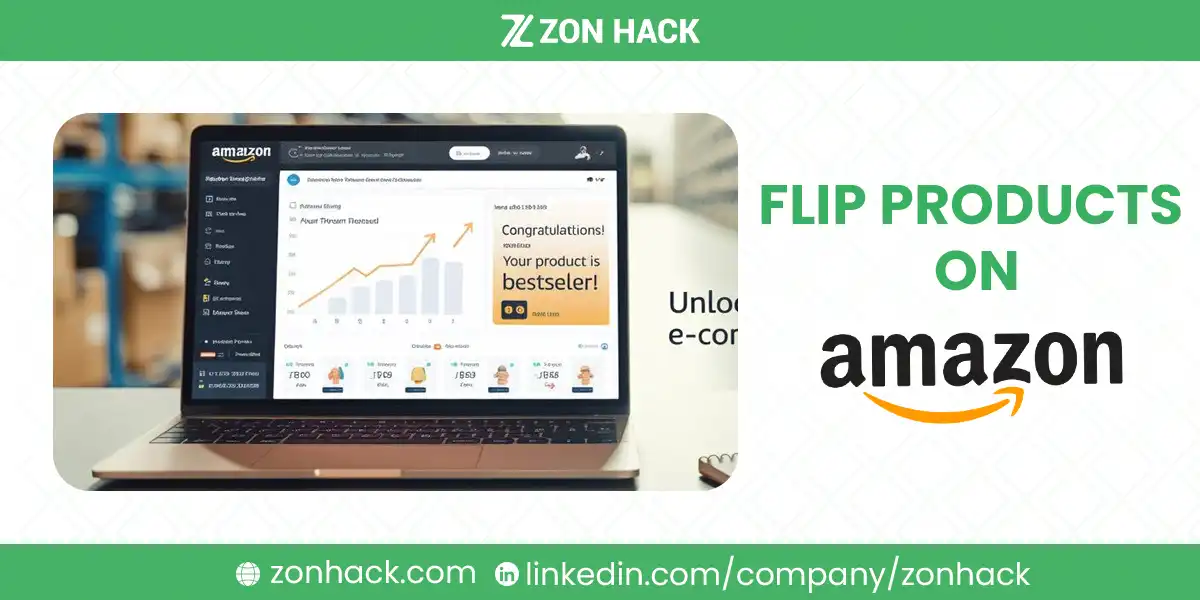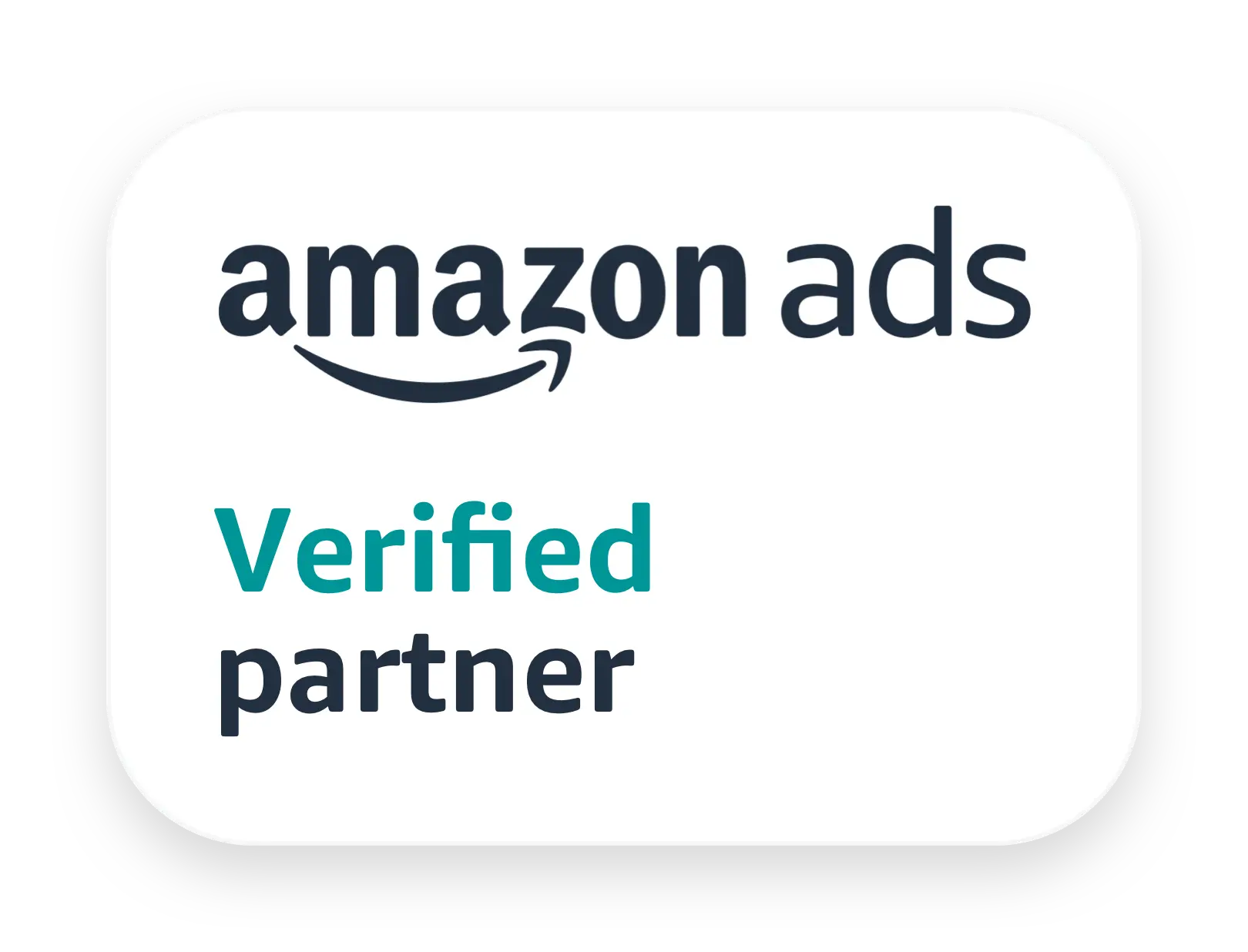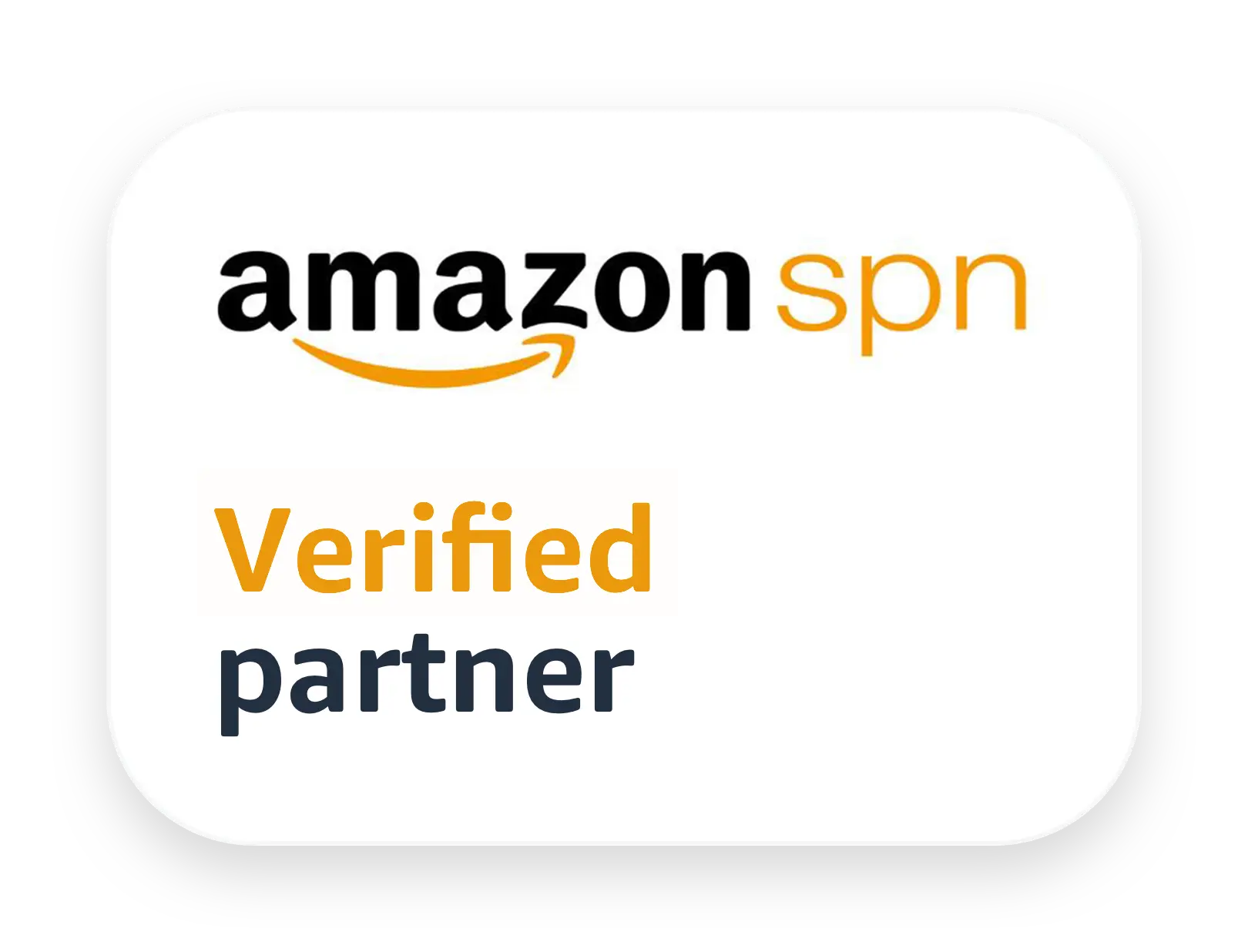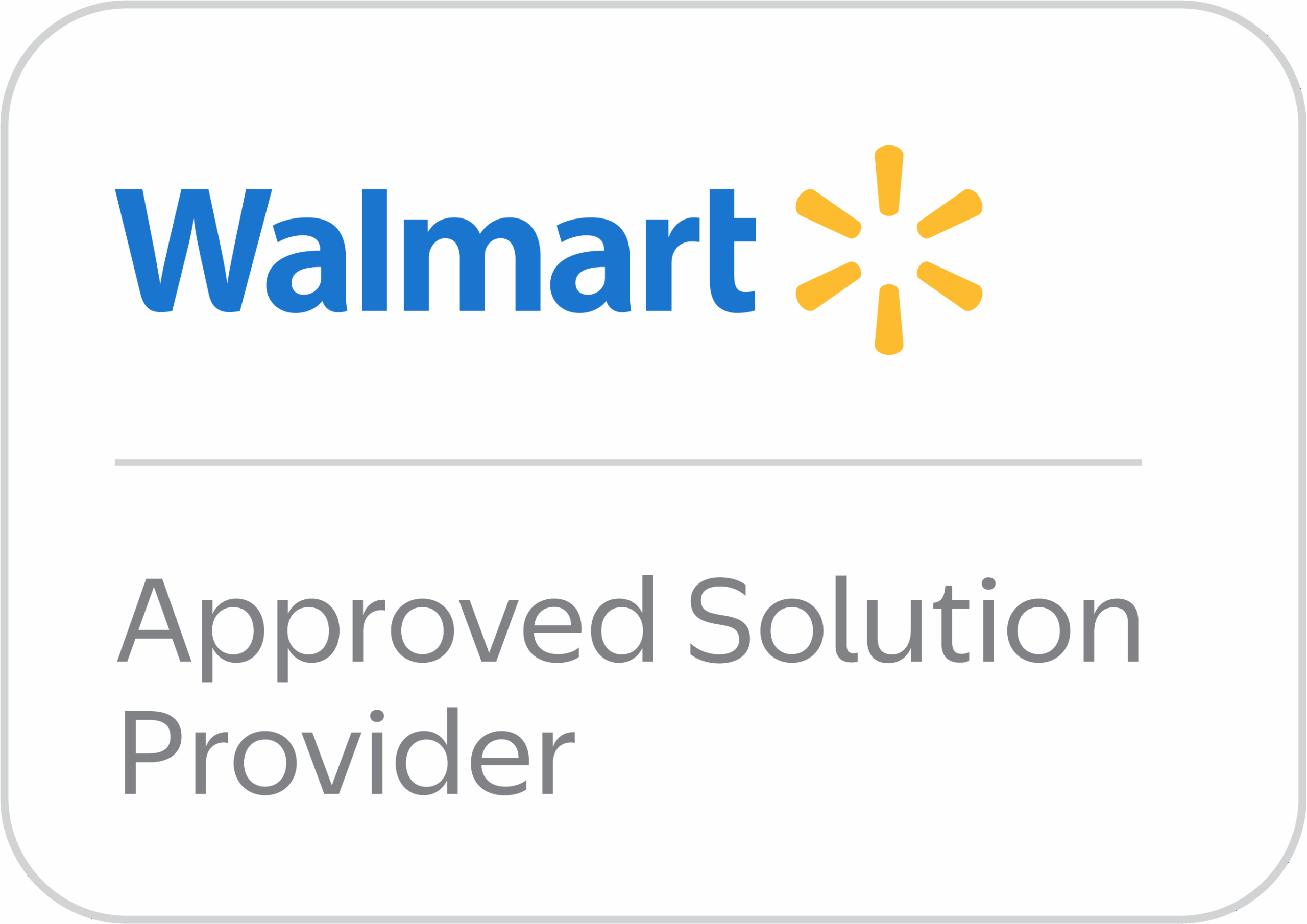A Complete Beginner-to-Pro Guide for eCommerce Sellers and Side Hustlers
Flipping products on Amazon isn’t just a side hustle anymore—it’s one of the most accessible and profitable ways to start an eCommerce business today. Whether you’re testing the waters with garage sale finds or building toward a six-figure FBA brand, product flipping is how many sellers take their first steps on Amazon.
In this article, we’ll walk you through flipping—from scanning your first product to building a scalable system. Along the way, we’ll show you how ZonHack can give you a serious edge at every step.
What Is Product Flipping on Amazon?
Product flipping means buying products at a lower price and reselling them at a higher one.
On Amazon, it comes in many forms:
- Retail Arbitrage: Buying discounted or clearance products from stores like Walmart, Target, Ross, or TJ Maxx, then selling them for a profit on Amazon.
- Online Arbitrage: The same concept, but you’re sourcing from websites—often stacking discounts, coupons, and cashback tools to drive margin.
- Thrift Flipping: Think Goodwill, garage sales, estate cleanouts. Sellers often flip books, vintage electronics, or niche collectibles found locally.
- Private Label Flipping: Sourcing from AliExpress or Alibaba, putting your own branding on the product, and flipping it under your own listing.
ZonHack Tip: We help flippers identify hidden arbitrage opportunities using real-time data tools, curated leads, and listing support. That means less time searching and more time selling.
Why Flip Products on Amazon?
Here’s why Amazon is the best platform for flipping:
1. Massive Audience
Amazon has over 300 million active customers worldwide. You’re selling in a trusted ecosystem where people already have their wallets out.
2. Built-In Trust
Customers are more comfortable buying from third-party sellers on Amazon than on eBay or Facebook Marketplace. That trust translates to higher conversion rates.
3. Real Profit Potential
According to a 2024 Jungle Scout survey:
- 55% of Amazon sellers earn over 15% profit margins
- 38% earn 20%+ profit
- New sellers average $30K/year in profits
4. Fulfillment by Amazon (FBA)
You can ship your inventory to Amazon, and they’ll store, pack, and ship it for you. This turns flipping into a semi-passive income stream.
ZonHack Insight: Our FBA Launch Services are tailor-made for flippers who want to go hands-off. We handle the product research, listings, shipping prep, and even PPC—so you can focus on sourcing and scaling.
Is Retail Arbitrage Legal on Amazon?
Yes. Retail arbitrage is legal on Amazon—as long as:
- The products are authentic
- You’re not violating brand gating
- You stay clear of restricted or hazardous categories
You don’t need authorization from every brand to resell their product, but you do need to avoid fakes and ensure your product matches the listing exactly.
ZonHack Tool: Use our Seller Compliance Checker to quickly verify if a product is gated, restricted, or risky before you buy.
What Do You Need to Start Flipping?
You don’t need a warehouse or huge bankroll to get started. Here’s the bare minimum setup most beginners use:
Essential Tools
- Smartphone with a decent camera
- Amazon Seller App (to scan prices and calculate profit)
- eBay/Mercari apps (for multi-platform selling)
- Shipping supplies (boxes, tape, bubble wrap)
- Postal scale (for accurate shipping labels)
- Spreadsheet or app for tracking sales and profit
First Inventory
Start by flipping items from around your house. You’d be surprised what sells:
- Old routers
- Unused kitchen appliances
- Brand-name clothing
- Used books and DVDs
This gives you hands-on practice listing, shipping, and customer service—without spending anything upfront.
How Much Capital to Start?
Most flippers start with $500 to $1,000. Some start with even less by reinvesting every sale. The key is to stay disciplined with your profits.
ZonHack Tip: We offer free access to cost-tracking templates and help new sellers set up spreadsheets or QuickBooks to manage cash flow and prep for taxes.
Your First Steps into Flipping
Let’s get real: most people fail because they never start. So don’t overcomplicate it. Here’s how to take immediate action:
1. List Something—Anything—Today
Find one item. Snap clean photos. List it on eBay or Mercari. Ship it when it sells.
You’ll learn more in one transaction than reading 10 blog posts.
2. Beginner-Friendly Platforms
- Mercari: Simple, fast, and good for general items.
- eBay: Better for collectibles and vintage. Strong buyer base.
- Amazon: Best for scaling—but has more rules.
You don’t need to choose one. Try them all. Multichannel selling gives you options.
3. Listing Tips (Mercari Example)
- Photos: Use natural light and plain backgrounds. Avoid clutter.
- Descriptions: Be specific. Mention size, condition, brand, and features.
- Shipping: Mercari offers prepaid QR code labels—no printer needed.
Fast shipping and honest listings build your reputation fast.
4. Keep Track of Everything
Flipping is a business. Start treating it like one early.
Track:
- Purchase cost
- Sales price
- Platform fees
- Shipping cost
- Profit
Also log mileage if you’re driving to thrift stores—it’s a deductible expense.
Pro Tip: ZonHack’s starter kit includes customizable spreadsheets and walkthroughs for setting up a clean, audit-proof record-keeping system.
How to Find Profitable Products
This is the heart of flipping. Spotting undervalued products that will sell fast and profitably takes time—but there are shortcuts.
Step 1: Market Research
Always check comps before buying.
Use:
- eBay’s Sold Listings tab (Filter by “Sold” to see actual prices, not wishful listings.)
- Amazon Tools like ZonHack’s Chrome Extension, or partners like AMZScout and SmartScout.
Key metric: Sell-Through Rate
Sell-through = Number of Sold Listings ÷ Total Listings
Aim for at least 1:1 when you’re starting out. That means for every product listed, one is being sold. If 30 items are listed and only 3 have sold in 60 days, skip it.
Step 2: Use a Profit Calculator
It’s easy to miscalculate.
Here’s the basic formula:
Net Profit = Sale Price – (Purchase + Shipping + Fees)
Amazon’s fees can eat 15–20% or more, depending on size and category.
Set a minimum goal like:
- $10–20 profit per item
- 3x ROI minimum
That way, you’re not spending $10 to make $2. That gets old fast.
Step 3: Find Your Niche
Once you get a feel for demand, you can start niching down.
Good starter niches:
- Used books
- Golf gear
- Clearance toys
- Kitchen gadgets
- Video game accessories
- Board games (especially sealed)
ZonHack Insight: Our Product Discovery Team tracks seasonal trends and emerging niches—we’ll help you find niches before they get saturated.
Sourcing Inventory (Online + Offline)
Once you’ve flipped a few items and made profit, sourcing becomes your new superpower.
Let’s break it into two channels:
Online Sourcing
This is how most flippers scale. You’re not driving store to store—you’re sourcing from your laptop.
Best places to flip from:
- eBay: Arbitrage between platforms.
- Etsy: Sometimes great for vintage or craft items.
- AliExpress/Alibaba: Good for private label experiments.
- Facebook Marketplace: Local pickups, often underpriced.
- Shopify stores running sales
Use browser extensions like:
- Rakuten for cashback
- Honey for coupons
- ZonHack’s Flip Alerts to get curated leads
ZonHack sends weekly “Online Arbitrage Lead Lists” to Pro members—hand-picked flips from major retail sites.
Offline Sourcing
Still the most hands-on and fun method, especially when starting.
Go-to spots:
- Thrift stores (books, electronics, games)
- Garage sales (weekend treasure hunts)
- Flea markets (great for bundling deals)
- Retail clearance sections (Walmart, Target, CVS)
Sourcing takes time—but it trains your eye for value. And many sellers get addicted to the hunt.
ZonHack Tip: We help new flippers build local sourcing routes and track ROI from each store, so you double down on what works.
Dealing with Suppliers, Liquidators & Wholesalers
As you progress from retail and online arbitrage to more consistent, scalable operations, you’ll need more reliable inventory sources.
This is where suppliers, liquidators, and wholesalers come in.
How to Work with Suppliers
Start small. Don’t try to place a massive order right away. Request samples or low Minimum Order Quantities (MOQs) if available.
Communication matters. Make sure suppliers are responsive, transparent about shipping timelines, and provide product documentation if needed.
Over time, build long-term relationships. Many successful Amazon sellers attribute their growth to trusted supplier networks.
“The most valuable assets in our flipping business today? Our top three wholesale suppliers.” — 6-figure Amazon seller interviewed by ZonHack, 2024
Where to Find Them
- Liquidation.com – Overstock, returns, and shelf pulls from major retailers
- BULQ – Curated lots with itemized manifests
- 888Lots – Popular for electronics and home goods
- Alibaba/Aliexpress – Ideal for private label sourcing
- Trade shows – Great for networking with U.S. wholesalers
Pro Tip: ZonHack’s sourcing network includes vetted U.S. suppliers that allow smaller order quantities—perfect for Amazon flippers who want to scale without unnecessary risk.
Creating Killer Listings on Amazon
Even if you source a hot product, a weak listing will crush your conversion rate. Great listings sell the product for you, even while you sleep.
Photos Are Everything
Product photography is your digital storefront. If you’re not investing in solid visuals, you’re leaving money on the table.
- Use natural light when possible.
- Declutter the background or use a white sweep.
- Multiple angles show buyers what they’re getting.
- Include defect shots if the item is used or refurbished.
Tools like Remove.bg or PhotoRoom help you clean up backgrounds without hiring a designer.
ZonHack Tip: We offer photo editing and listing design services tailored for flippers who want professional-quality listings fast.
Descriptions & Keywords
This is where most beginners mess up.
Use relevant keywords that customers are actually searching for. These aren’t guesses—they come from tools like Helium 10, Jungle Scout, or ZonHack’s internal Reverse ASIN reports.
Avoid keyword stuffing. Focus instead on what the buyer cares about:
- What does it do?
- How will it make their life better?
- Why is it worth the price?
For used items, always describe condition accurately. This builds trust and reduces returns.
Pricing Products for Profit
There’s no one-size-fits-all pricing strategy, but there are frameworks that work.
Cost-Plus Pricing
The simplest formula:
Cost + Fees + Desired Margin = Listing Price
Example:
- Purchase price: $12
- Amazon fees: $5
- Desired profit: $8
- Target price = $25
Always include all costs: sourcing, shipping, FBA fees, returns, and packaging.
Market-Based Pricing
Here you set your price based on your competition. Sometimes that means matching them. Other times it means undercutting slightly to win the Buy Box.
ZonHack’s Repricing Support Services use real-time data to help sellers stay competitive without racing to the bottom.
Value-Based Pricing
This is for more advanced sellers or when selling unique or limited items. If the perceived value is high—due to brand, rarity, or condition—you can price higher than competitors.
Never forget: Price is a signal. Too low and people may assume it’s defective or fake. Too high and you risk being ignored.
Scaling the Business
Once you’ve flipped a few dozen or hundred items, it’s time to treat this like a real business—not just a side hustle.
Reinvest Your Profits
Rather than paying yourself early on, reinvest into larger inventory buys, better tools, and automated systems.
That’s how flippers evolve into full-time Amazon sellers.
Build Systems
Create templates for:
- Product research
- Listing creation
- Order management
- Customer messaging
You can even hire a virtual assistant (VA) to help with the repeatable tasks.
ZonHack offers VA sourcing support for sellers who want to automate online arbitrage and keep new product leads coming in daily.
Use Amazon FBA
As your volume grows, shipping every item yourself becomes unsustainable.
FBA allows Amazon to handle fulfillment, returns, and customer service. You just send in your inventory.
Why it matters:
- Faster Prime delivery = more conversions
- Fewer headaches for you
- Eligible for Amazon’s Buy Box
With ZonHack’s FBA Launch Service, we set up everything from barcoding to shipment plans—perfect for flippers ready to go pro.
Make it Official
Eventually, you’ll want to:
- Set up an LLC
- Open a business bank account
- Track everything with QuickBooks or a spreadsheet
This improves credibility and makes tax season way less stressful.
ZonHack offers a Free Amazon Seller Tracker Template and can connect you with eCommerce accountants.
Bottom Line: Is Flipping on Amazon Worth It?
Absolutely.
Amazon flipping remains one of the most accessible, profitable, and scalable eCommerce business models in 2025.
You can start with $500 or less. You don’t need a website, ad budget, or warehouse. You just need an eye for opportunity, consistent effort, and the right tools.
What separates part-time hustlers from full-time pros is data, systems, and smart reinvestment.
And that’s exactly where ZonHack comes in.
How ZonHack Helps Flippers Succeed
Whether you’re just starting out or scaling a 7-figure store, ZonHack gives you an unfair advantage:
- Real-Time Product Research Tools
- AI-Optimized Listings
- FBA Setup & Launch Support
- Dynamic Repricing Assistance
- VA Sourcing Support
- Tax & Bookkeeping Help
- PPC Campaign Management
We don’t just give you tools—we help you win on Amazon.




